An engineer's diary
- Sort condition
- Newest first
- Oldest first
- Large number of views
-

[No. 40] Flux density
The six images are listed below in the wrong order. Please, before you read this, try to decide what the Bees are showing. The answer is given at the end.
-
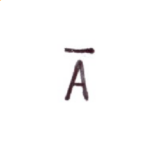
[No. 39] The magnetic vector potential
A is commonly used as the symbol for magnetic vector potential, just as B is used for flux-density or "induction", and H for mag…
-

[No. 38] What has the automobile ever done for the electric motor?
From the provocative tone of the question, we might be led to expect an even more provocative answer : “nothing much”. Let’s see how wrong this is, and why.
-
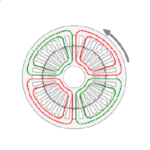
[No. 37] Some essential features of the induction motor – 2
In Column 36 we studied the cross-section of an induction motor with 36 slots, 30 rotor bars, and a 4-pole distributed winding. Just by looking at the features of the winding, we …
-
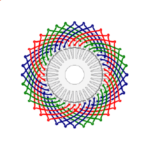
[No. 36] Some essential features of the induction motor – 1
In Column 34 we deduced several inherent features of the synchronous reluctance motor merely by inspecting its cross-section and considering the main flux-paths, and here we will …
-
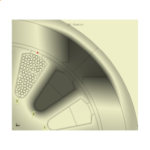
[No. 35] The position of wires in the slot
In the armature of a permanent-magnet DC motor, the wires usually occupy a rather untidy pattern in the slot — not because there is anything wrong, but simply as a result of the w…
-
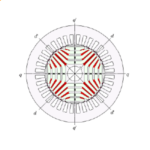
[No. 34] Some essential features of the synchronous reluctance motor
In Column 31 we deduced several inherent features of the switched reluctance motor merely by inspecting its cross-section and considering the main flux-paths, and here we will do …
-

[No. 33] Transformations; and passing thoughts about rigour
It is probably fair to say that most of us do not have much to do with the mathematics of transformation theory, yet much of what we do relies on the theory of one or more transfo…
-
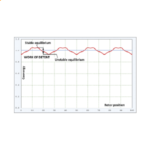
[No. 32] Work of detent
Every type of electric motor has certain essential features. One way to begin to understand them is to make a drawing, and at the same time make a list of observed features and ch…
-
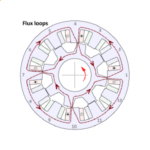
[No. 31] Some essential features of the switched reluctance motor
Every type of electric motor has certain essential features. One way to begin to understand them is to make a drawing, and at the same time make a list of observed features and ch…
-
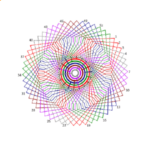
[No. 30] Rotational EMF
In electrical machine theory we often hear the term rotational EMF. What exactly does it mean?“EMF” means “electro-motive force”. In electrical machine theory it is a voltage indu…
-
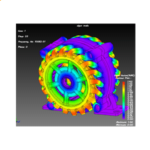
[No. 29] Theory and practice in engineering training
The training and education of engineers is hurt by the pandemic and the associated restrictions imposed everywhere We hear of the difficulties experienced by schools and colleges,…
-
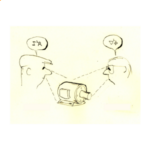
[No. 28] Notional equations in engineering
On the telephone recently my 8-year-old grandson asked if I knew the equation E = mc^2. When I said I’d heard of it, he proceeded to explain: E is energy, m is mass, and c is the …
-
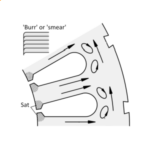
[No. 27] Loss Segregation
Like many quotations, this is a shocking example of quoting someone out of context. It comes from Cyril G. Veinott, writing in 1935, [1]. That sentence is followed by seven others…
-
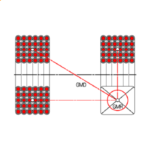
[No. 26] The remarkable work of Rosa and Grover
One of my teachers (Dr. Thomas Foord) gave undergraduate lectures that were so clear, I feel as though I could repeat them nearly 55 years later. Of course I could not do it. That…
-
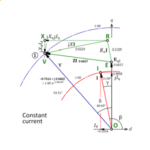
[No. 25] Constructing and reading the flux-weakening phasor diagram
This article concerns the permanent-magnet brushless AC motor. We’re going to review the phasor diagram, which has been the basis of AC motor theory for about 120 years. We will c…


